The core question: Are Perplexity’s Discover pages a programmatic SEO growth tactic, or a deliberate non-SEO destination play - and how does that choice change the cost, risk, and payoff profile for marketers?
Perplexity Discover pages and SEO strategy
Perplexity’s trending feed is being framed by some as programmatic SEO at scale. The site code suggests the opposite: identical titles and descriptions across pages, plus a rel=canonical pointing back to the homepage - signals that deprioritize page-level indexing and consolidate signals on the root URL. This is a classic destination-first pattern: build habit, capture direct use, and keep search engines from indexing large volumes of near-duplicate or ephemeral pages. For marketers, the lesson is not a new SEO trick. It is an example of choosing product distribution over search distribution to reduce algorithm risk while investing in brand demand and retention [S1][S6]. You can review the surface at perplexity.ai/discover [S5].
Key takeaways
- This is not programmatic SEO - it is canonicalized, destination content. Identical titles and descriptions plus a canonical to the homepage indicate Perplexity is avoiding long-tail indexation and consolidating signals to the root. Expect minimal page-level Google traffic by design [S1][S6].
- Strategy trade-off: lower risk of scaled content penalties and higher dependence on owned distribution. If you can create habit loops (notifications, email, app), this can outperform volatile long-tail SEO. If not, acquisition costs may rise [S3].
- Expect repricing of news-adjacent traffic. Destination models convert topical interest into on-site sessions and brand search growth instead of long-tail rankings. Budget for push, social, and partnerships rather than keyword capture.
- Operational implication: canonicalizing large volumes of topical pages helps avoid duplicate or thin-content issues and keeps crawl and index budgets focused. Costs shift from SEO QA to editorial packaging, UX, and retention mechanics.
- Competitive signal: if more AI answer engines follow this pattern, Google Search will likely see less thin or scaled content noise, while brand demand becomes a larger driver of organic performance for those brands.
Situation snapshot
- Trigger: SEJ analysis argues Perplexity’s trending feed pages are not optimized for Google, use the same title and meta description, and point rel=canonical to the homepage, countering claims of programmatic SEO [S1]. A LinkedIn thread praised the approach as “programmatic SEO on steroids,” predicting Google may “nerf it” [S2]. See the post.
- Facts:
- Pages share a uniform title and meta description [S1].
- Pages include rel=canonical to https://www.perplexity.ai [S1].
- Google’s March 2024 spam policy targets scaled content abuse, and canonicalization is a recommended method to consolidate duplicates. Canonicalized URLs are often not indexed [S3][S6].
- Explore examples at perplexity.ai/discover [S5].
- Implication: These pages are not built to rank. They are designed to route attention into Perplexity’s experience and chat.
Breakdown and mechanics
Technical signals
- Same title and meta description across pages lowers page-level topical relevance in Google.
- rel=canonical to the homepage consolidates signals to the root. Canonicalized URLs are often not indexed [S6].
- Net result: extremely low likelihood of page-level rankings - by intent.
Product distribution logic
- Trending topic detected.
- Feed page assembled with summary and links.
- Page canonicalized to homepage.
- Traffic enters via direct, app, or social surfaces.
- Users engage with on-site chat and additional summaries, reinforcing habit and branded search growth.
Incentives and risk
- Google’s scaled content abuse policy raises deindexation or demotion risk for mass-generated pages that try to rank [S3]. Canonicalization reduces that risk.
- Consolidating attention to one destination maximizes session depth, recency, and habit formation. It forgoes long-tail SEO traffic but builds a more durable audience.
Historical analogues
- Publishers have long used canonicalization and aggregation to control indexing during fast-moving news cycles.
- Sites hit for programmatic SEO have recovered after reducing scaled content footprints, highlighting the risk of SEO-first automation [S4].
Impact assessment
Paid search
- Direction: neutral to slightly positive for brands that can drive branded search via off-search distribution; neutral for non-brand.
- Who benefits: brands investing in awareness and habit (push, email, PR, partnerships). CPCs on branded terms remain efficient relative to non-brand, preserving CAC as demand grows.
- Actions: monitor branded query volume and share; protect brand terms; evaluate conquesting risk if competitors bid on rising brand demand.
Organic search
- Direction: less exposure to penalties; fewer long-tail entries; more reliance on homepage and routed navigation rankings.
- Who benefits: sites with strong direct traffic and repeat use. Who loses: sites relying on thin programmatic pages.
- Actions: decide page by page which topical surfaces should be indexable; use rel=canonical and/or noindex to control footprint; measure homepage ranking and sitelink coverage; track navigational vs informational query mix.
Content and creative
- Direction: more emphasis on curation, fast packaging, and UX that nudges chat or deeper browsing.
- Who benefits: teams that can ship timely summaries with strong linking back to sources. Who loses: teams optimized around keyword-first content templates.
- Actions: design habit loops (notifications, newsletters); set guardrails for summarization quality and source attribution; define click-out ratios acceptable to partners.
Analytics and operations
- Direction: shift success metrics from SERP rankings to retention and session metrics.
- Actions: instrument MAU/DAU, activation rate, sessions per user, recency, branded search volume, and assisted conversions; set alerts on canonical compliance; audit crawl stats to ensure the root absorbs signals as intended.
Illustrative model: If a programmatic SEO approach yields 1 to 3 percent of pages ranking with 0.2 to 0.5 clicks per page per day, then 10,000 pages could drive roughly 600 to 1,500 daily clicks - volatile under scaled content policies. A destination model may produce near-zero search clicks from those pages but higher session depth and retention if notifications and social drive 5 to 15 percent weekly returning users. Choose based on your distribution capacity and risk tolerance. Validate with your own data.
Scenarios and probabilities
- Base (likely): Perplexity continues canonicalizing topical pages. Minimal Google exposure. Growth comes from direct, app, and social. The homepage benefits from consolidated signals, while topic pages rarely rank. Others copy the pattern in limited form.
- Upside (possible): Habit loops drive strong branded search growth. Homepage rankings improve for navigational queries. Referral traffic to cited publishers remains meaningful, supporting partnerships.
- Downside (edge): Google changes how it treats canonicalized, templated topical hubs and surfaces them less even as Discover-like surfaces evolve. Or public criticism or regulatory pressure changes content sourcing norms, raising distribution costs.
Risks, unknowns, limitations
- Unknowns: exact channel mix for Perplexity’s feed; how often Google ignores the specified canonical; how link equity from these pages is handled in practice.
- Policy risk: future changes to Google’s treatment of scaled, canonicalized topical pages.
- Ecosystem risk: publisher relationships and legal constraints around summarization.
- Falsifiers: sustained rankings of many individual topic pages; removal of rel=canonical to the root; a shift to unique titles and meta across topical pages indicating a pivot toward SEO.
Sources
- [S1]: Search Engine Journal (R. Montti), Aug 2025, analysis - “Perplexity’s Discover Pages Offer A Surprising SEO Insight”.
- [S2]: LinkedIn, 2025 - discussion of programmatic SEO claims about Perplexity’s trending feed. Source post.
- [S3]: Google Search Central, Mar 2024 - “Spam policies for Google web search” (scaled content abuse).
- [S4]: Search Engine Journal, 2024 - “Why A Site Deindexed By Google For Programmatic SEO Bounced Back”.
- [S5]: Perplexity, live site - perplexity.ai/discover.
- [S6]: Google Search Central - “Consolidate duplicate URLs with rel=canonical”.

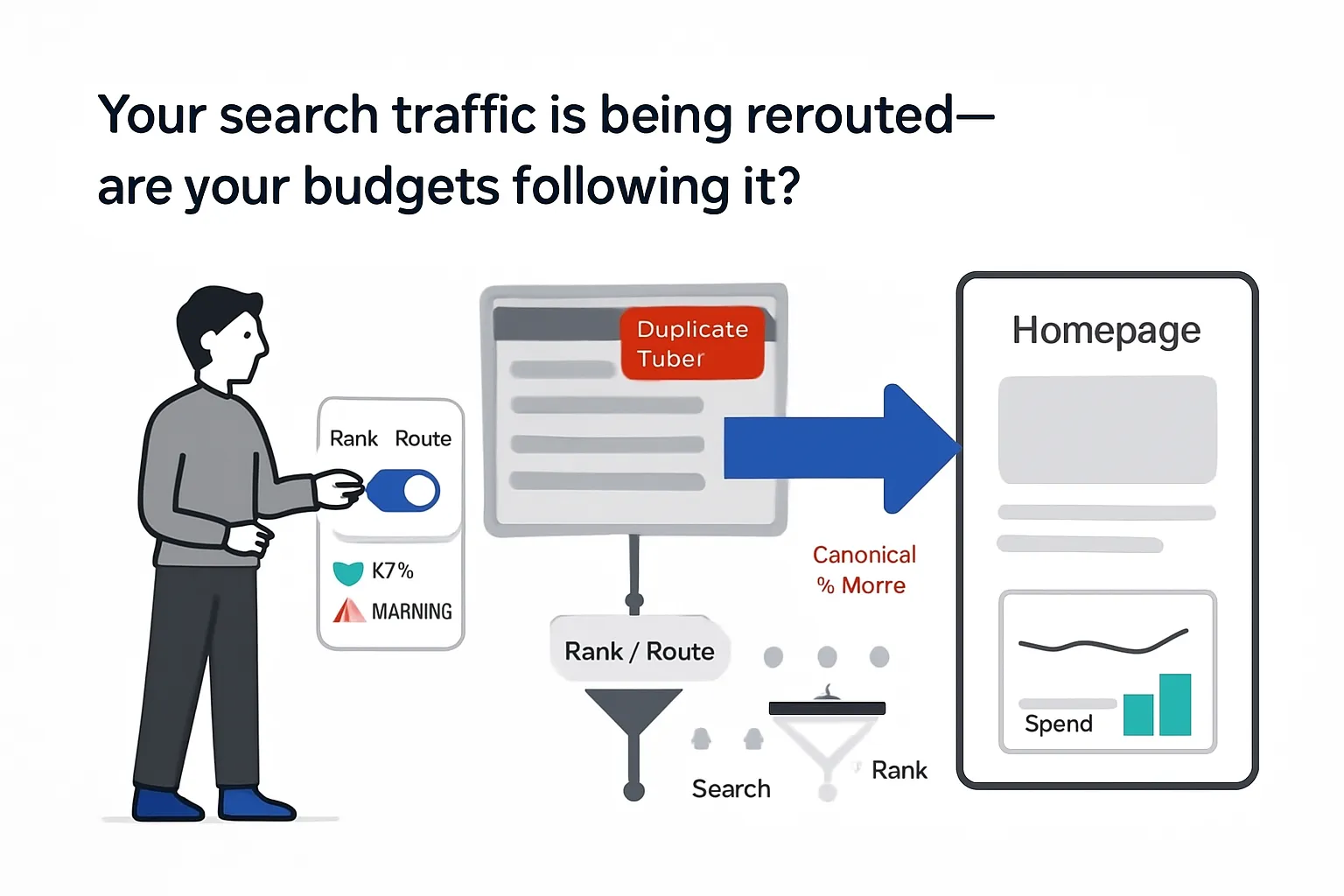
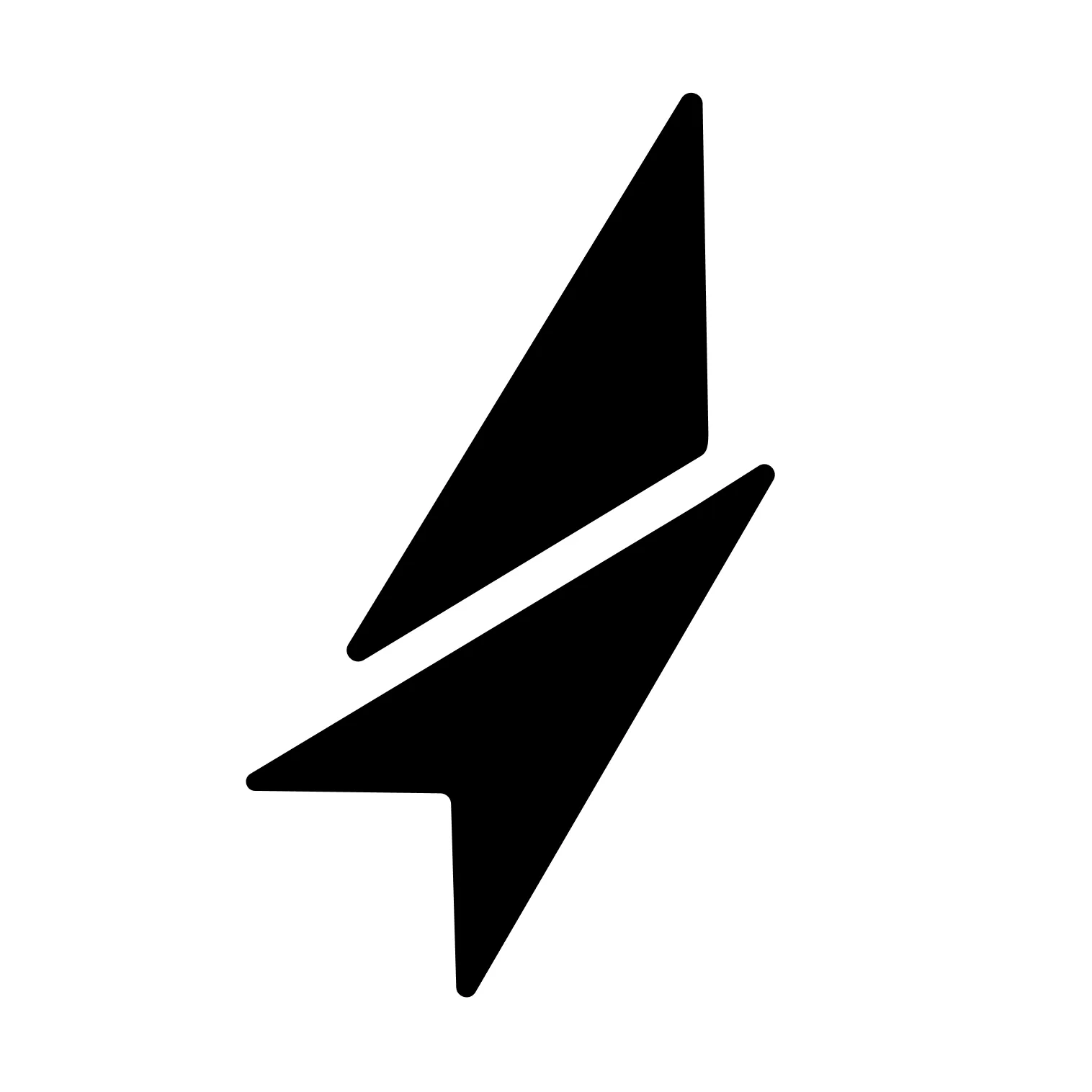

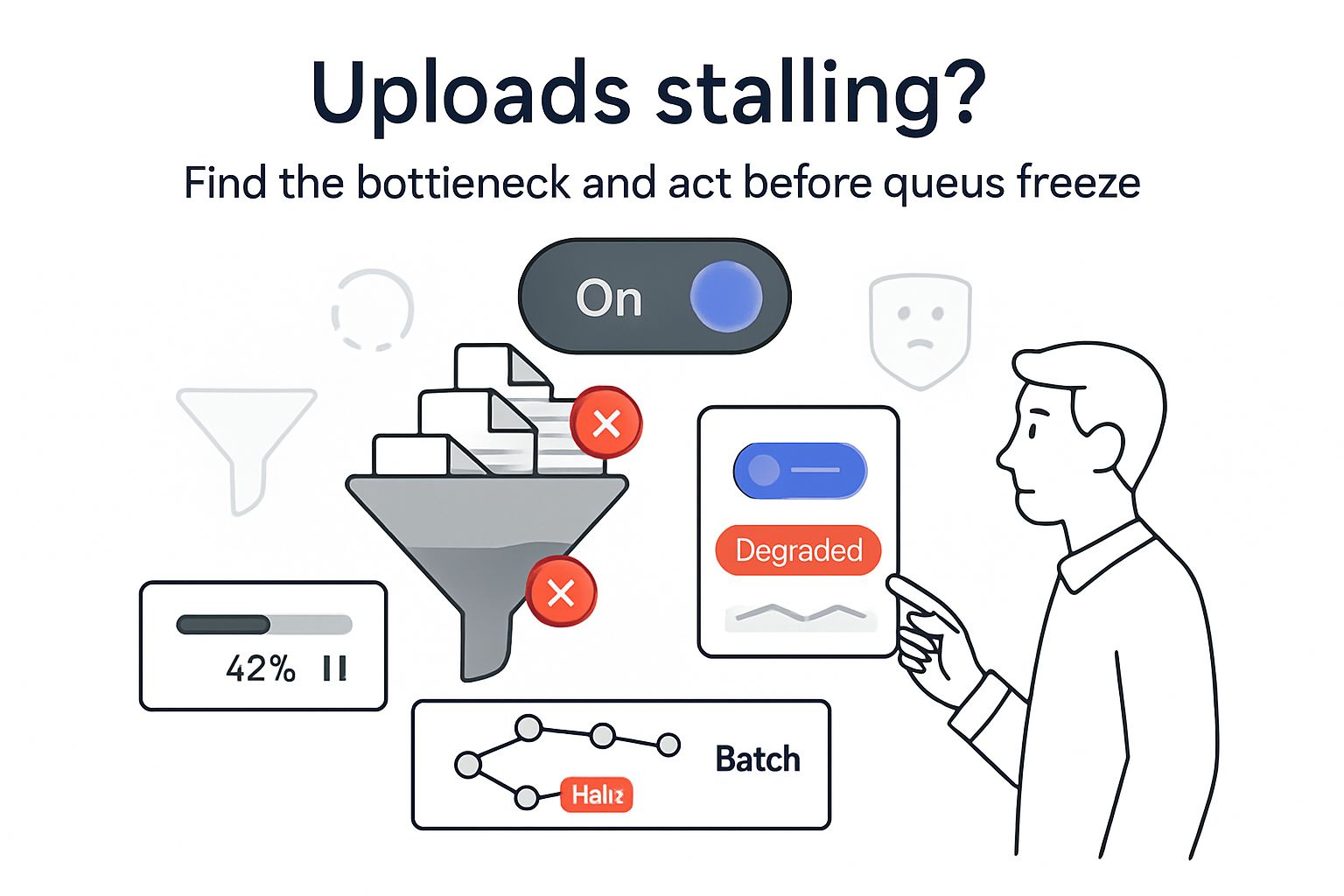
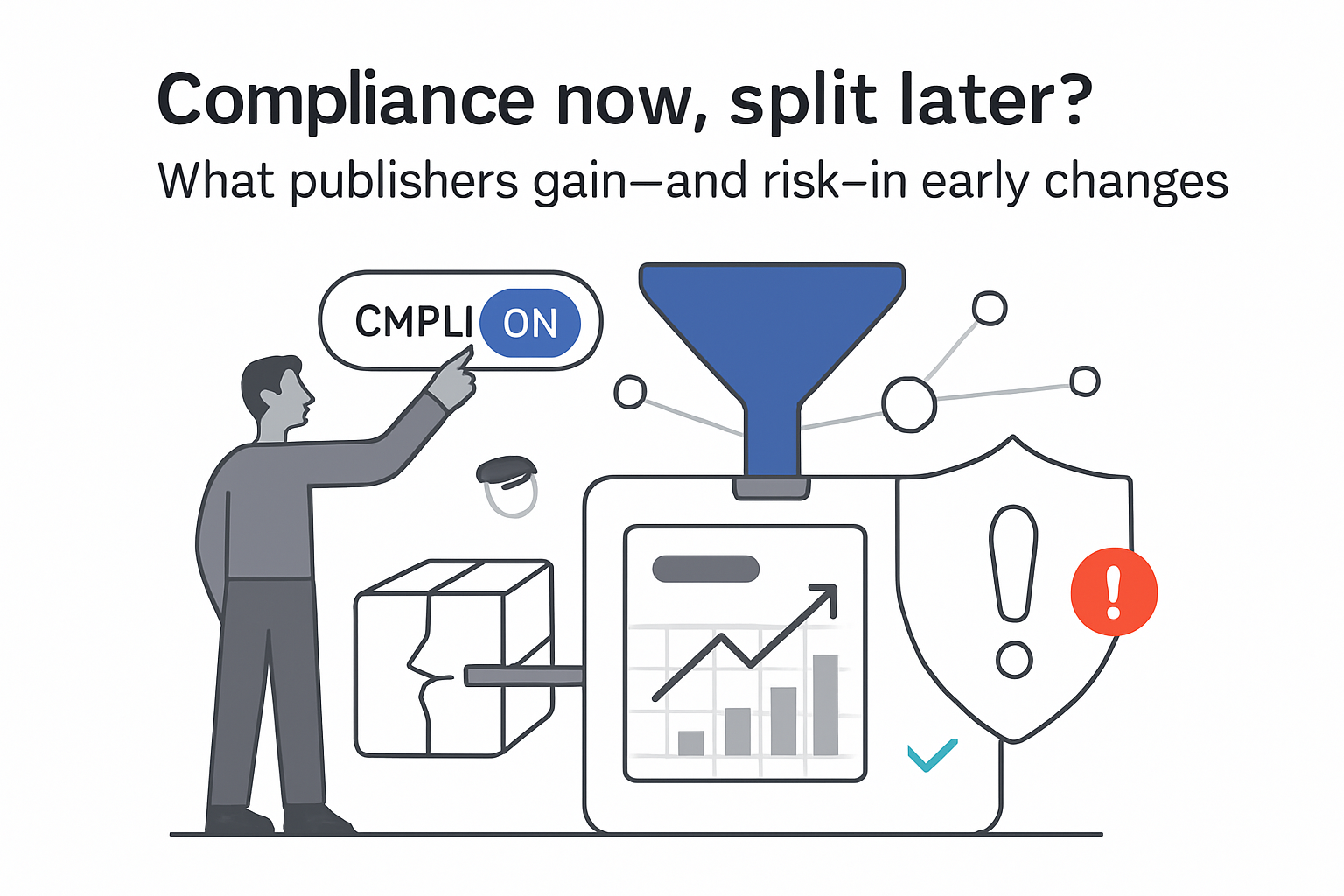
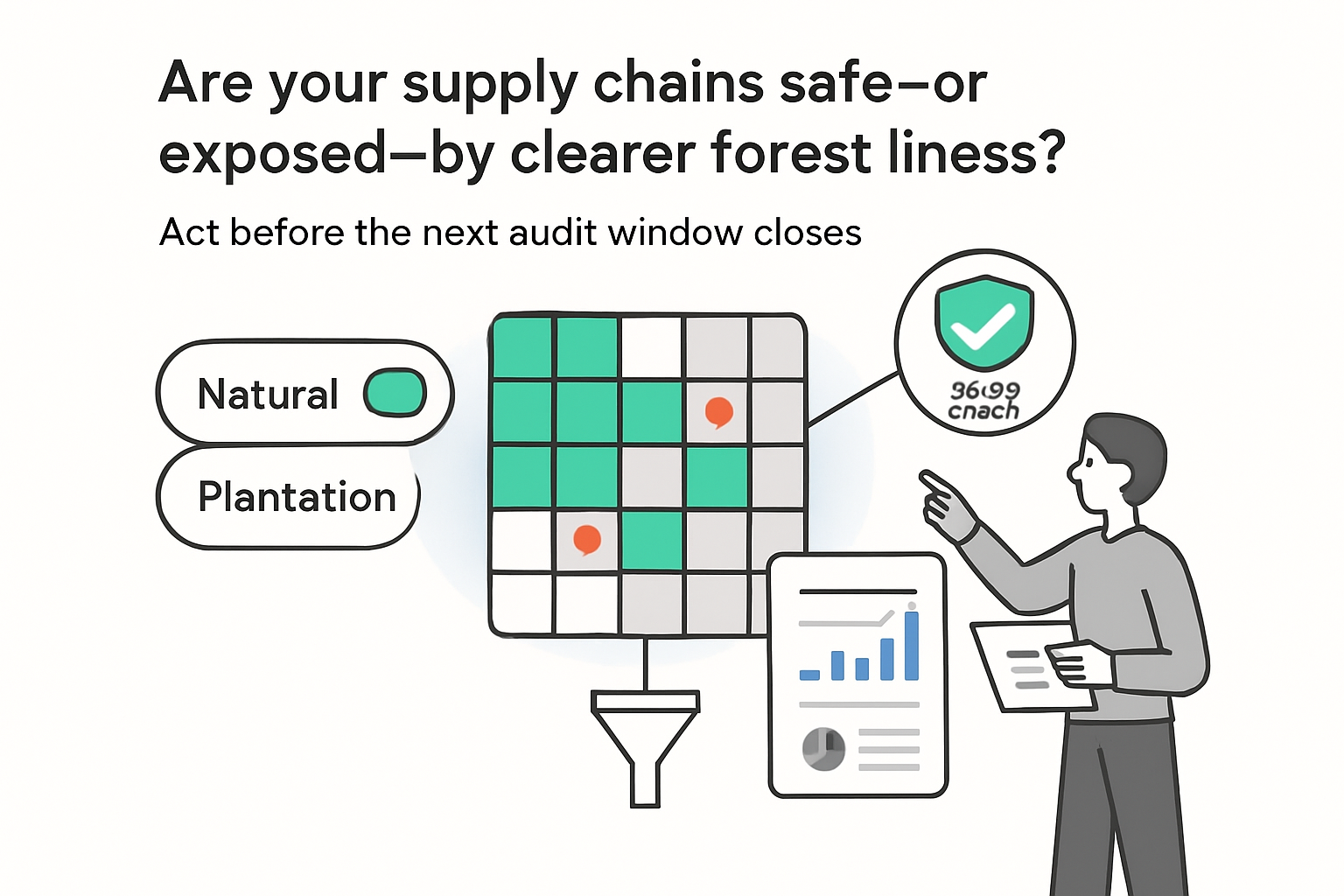
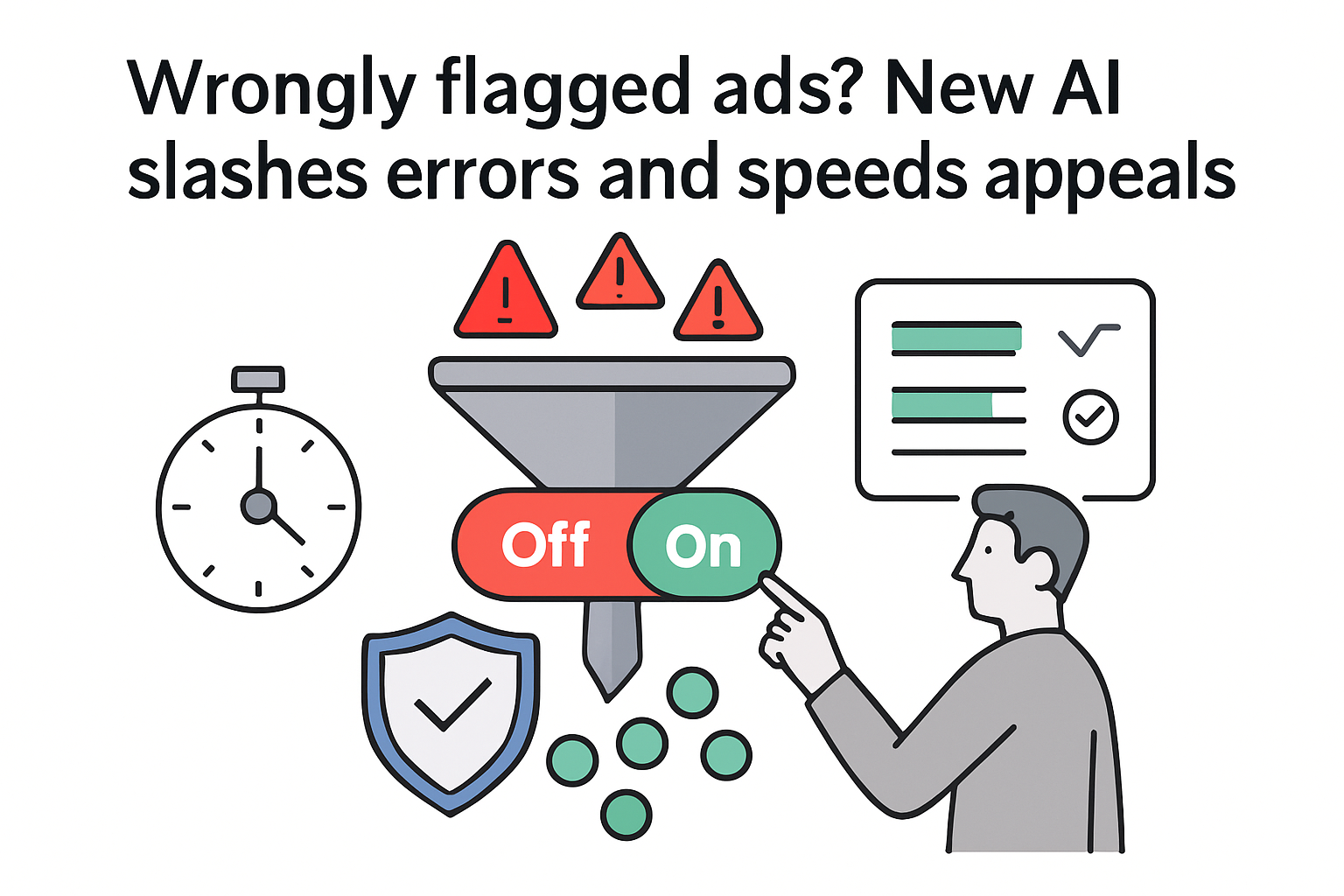
.svg)